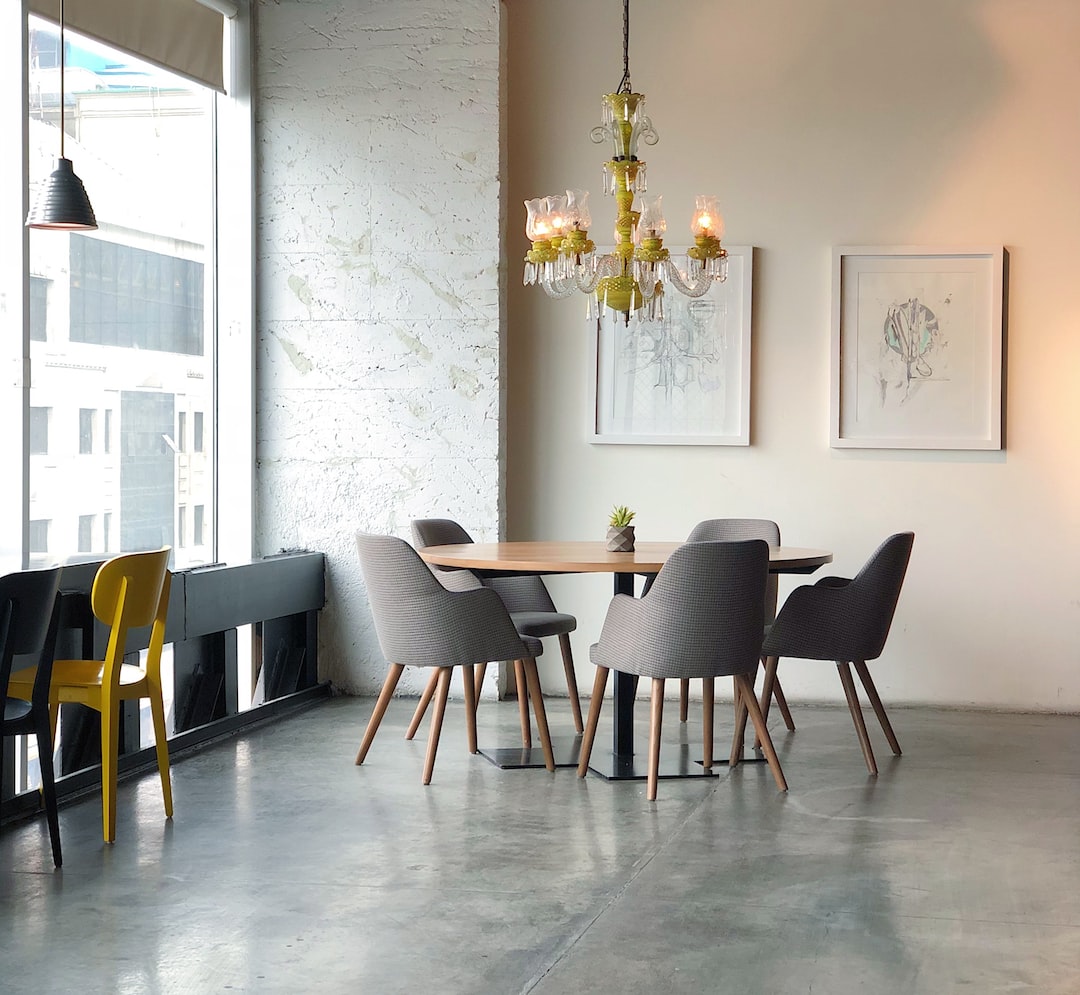The Hidden Dangers of Secondhand Furniture: How to Ensure Safety
In today’s world, we are constantly trying to reduce waste and be more environmentally friendly. One way people are doing this is by purchasing secondhand furniture. Not only does it help save our planet, but it also allows us to save money and add unique pieces to our homes. However, amidst the excitement of finding a great deal, we often overlook the hidden dangers that secondhand furniture may harbor. In this blog post, we will explore the potential hazards and provide tips on how to ensure safety when buying secondhand furniture.
One of the significant risks associated with secondhand furniture is the presence of pests. Whether it’s bed bugs, termites, or roaches, pests can easily make their homes within furniture, especially upholstery items. When you buy used furniture, it may come with an unwanted infestation that can quickly spread throughout your home. To prevent this, it is crucial to thoroughly inspect any upholstered furniture you plan to purchase. Check for signs of pests such as fecal stains, shed skins, or any peculiar odor. Additionally, ensure you ask the seller if they have treated the furniture for pests and if they can provide any documentation to support this claim.
Another hidden danger lies in the structural stability of secondhand furniture. In many cases, furniture that has been previously used may have weakened or damaged materials, such as loose joints, cracked frames, or weakened screws. These weaknesses can pose a serious risk, leading to accidents and injuries. When inspecting secondhand furniture, it is essential to assess its structural integrity thoroughly. Examine the joints, frames, and any other connecting points for any signs of wear or damage. Try sitting on chairs and sofas to see if they are stable and sturdy. Remember, it’s better to be safe than sorry when it comes to the structural stability of your furniture.
Furthermore, the hidden dangers might not always be visible to the naked eye. Many secondhand furniture pieces may contain harmful substances, such as lead-based paint, toxic varnishes, or fire-retardant chemicals. These substances can be hazardous, especially if you have children or pets at home. To ensure safety, it is advisable to inquire about the age of the furniture and research whether the materials used comply with current safety standards. If in doubt, it’s best to avoid purchasing items that may contain harmful substances and opt for furniture from reputable sources.
Proper cleaning and sanitization are also crucial when it comes to secondhand furniture. While stains and odors can be fixed, deeper issues such as mold, bacteria, or allergens may still remain. Before bringing any used furniture into your home, make sure to thoroughly clean and sanitize it. Remove any dust, vacuum the upholstery, and use appropriate cleaning solutions to kill any potential mold or bacteria. It is advisable to wear gloves and protective masks during the cleaning process to minimize exposure to allergens or potentially harmful substances.
Additionally, don’t forget the importance of proper storage for secondhand furniture. If you plan to store your newly acquired treasures before using them, it is crucial to do so in an appropriate environment. Improper storage can lead to the growth of mold, attracting pests, and causing damage to the furniture. Ideally, store your secondhand furniture in a clean, dry, and well-ventilated area. Utilize protective covers or blankets to prevent dust accumulation and reduce the risk of scratches or dents.
Lastly, it is vital to consider the age and overall condition of the secondhand furniture you are interested in purchasing. While vintage or antique pieces may hold sentimental value, they can also pose safety risks. For example, older cribs may not meet current safety regulations, putting your child at risk. Therefore, before purchasing any furniture, do thorough research and ensure that it aligns with modern safety standards.
In conclusion, secondhand furniture can be a fantastic addition to your home, both financially and aesthetically. However, it is essential to be aware of the potential hidden dangers it may carry. By thoroughly inspecting for pests, assessing structural stability, researching materials, cleaning and sanitizing, storing properly, and considering age and overall condition, you can ensure the safety of your secondhand furniture purchases. Remember, being cautious and informed will not only protect you from harm but also allow you to enjoy the benefits of sustainable living.


